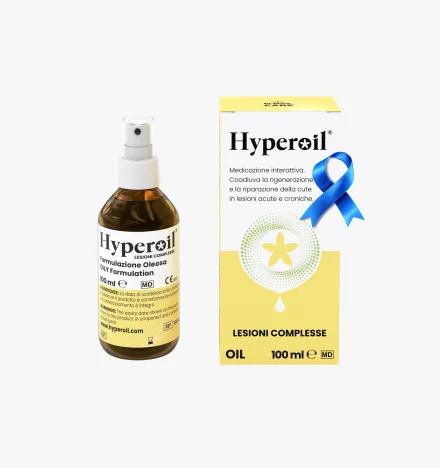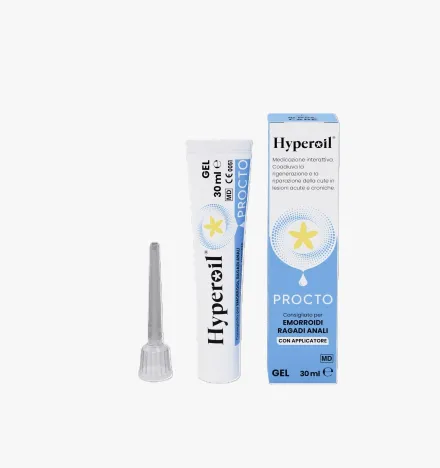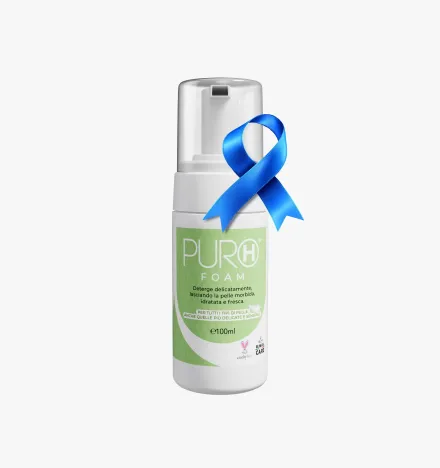About us

RI.MOS. CARE for the well-being of your skin
RI.MOS. CARE is the RI.MOS. division dedicated to interactive medication devices and functional cosmetics with a direct approach to natural and phytotherapy.
All our products are made with plant components known for their many beneficial properties, such as antiseptic, antibacterial, antifungal, and regenerative, which are particularly useful for treating all types of skin lesions and promoting skin wellness.
RI.MOS. CARE
From nature, what you need for the well-being and care of your skin.
HYPEROIL® - INTERACTIVE DRESSING
Plant-based medical devices for the prevention and treatment of skin lesions and wounds.
PURO H® - FUNCTIONAL COSMETICS
For cleansing and moisturizing the skin of the face and body, including sensitive and delicate skin.






THE RI.MOS. EXPERIENCE
RI.MOS. CARE represents the phytotherapeutic and natural approach of RI.MOS., an Italian company founded in 1988, recognized not only nationally, but also internationally, among the leaders in the disposable medical devices market.
In fact, RI.MOS. started its business with the production and sale of disposable medical devices for gynecology and assisted fertilization. Over the years, it has improved its products, expanding its range with innovative lines of plant-based medical devices and cosmetics in the field of human medicine, first with Hyperoil® dressings, based on Hypericum Flower and Neem Oil, and later with other plant-based products for skin hygiene and wellness, such as PURO H®.
Passion for the future, sustainability and work ethics are the values that have enabled RI.MOS. to become one of the main leaders on the Italian market and to export its Made in Italy products to more than 90 countries around the world.
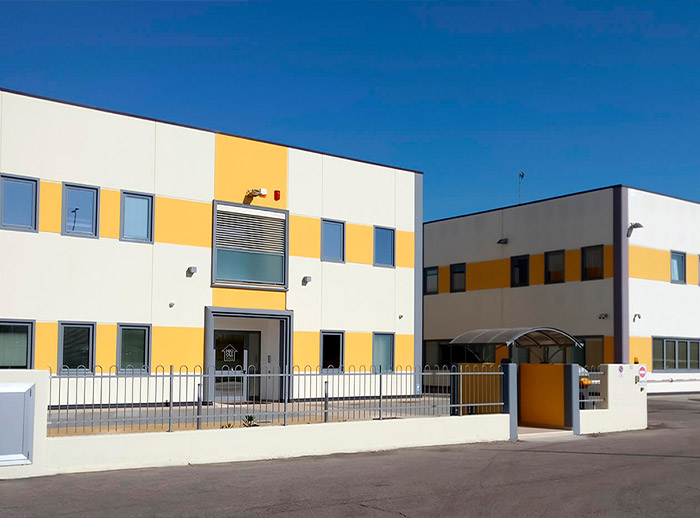
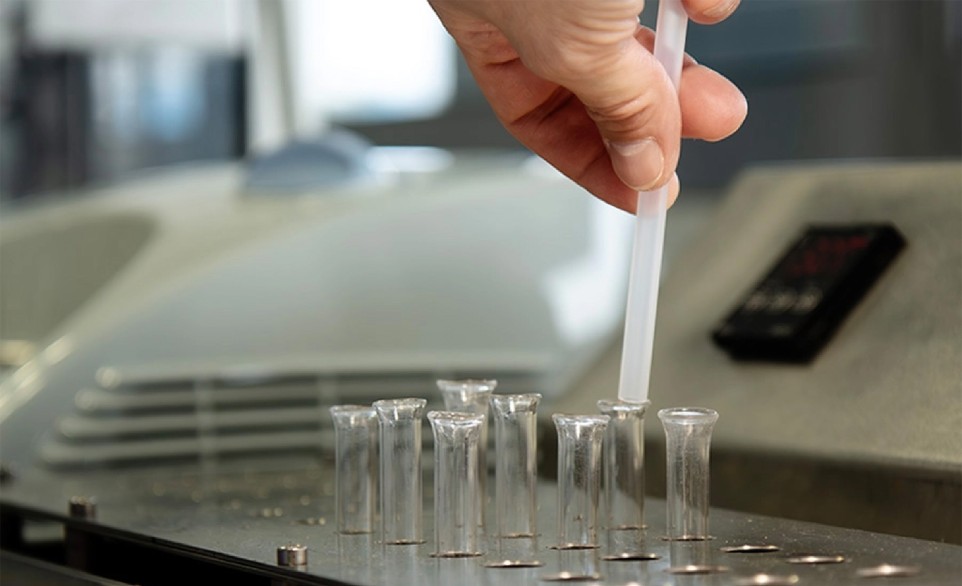
RESEARCH
The medical devices and plant-based products of RI.MOS. CARE represent innovation in the biomedical field by harnessing the natural properties of plants such as Neem and Hypericum. These plant ingredients are known for their multifunctional active ingredients, which effectively support the treatment of various skin lesions and offer advanced solutions for human medicine.
The effectiveness of the multifunctional substances extracted from these plants is supported by scientific research, which confirms their ability to preserve, rebalance and regenerate tissues damaged by irritation, inflammation and wounds. Our products, ranging from functional cosmetics to interactive dressings, take full advantage of the beneficial properties of selected natural extracts, ensuring optimal support for skin care.
HYPEROIL® FROM ITS ORIGINS TO THE FUTURE
Hyperoil®, the line of medical devices based on Neem Oil and Hypericum Flower, was created in 2012 as an alternative patent for Europe, other non-European countries and the United States, to the Holoil® line of medical devices, developed since 2006 following RI.MOS. clinical studies in the field of human medicine with therapeutic treatments on ulcers and pressure sores.
Hyperoil® marks an evolution and improvement in the production strategy of the Device. Starting with the same active ingredients, but with a different production system, the stability of the extract has been improved. Since 2024, the Hyperoil® brand has been the reference for all markets and customers around the world.
From these approaches and studies on the beneficial properties of plants, other plant-based medical products and devices for skin wellness have also been born, such as PURO H®, a functional cosmetics line for cleansing and moisturizing the skin.
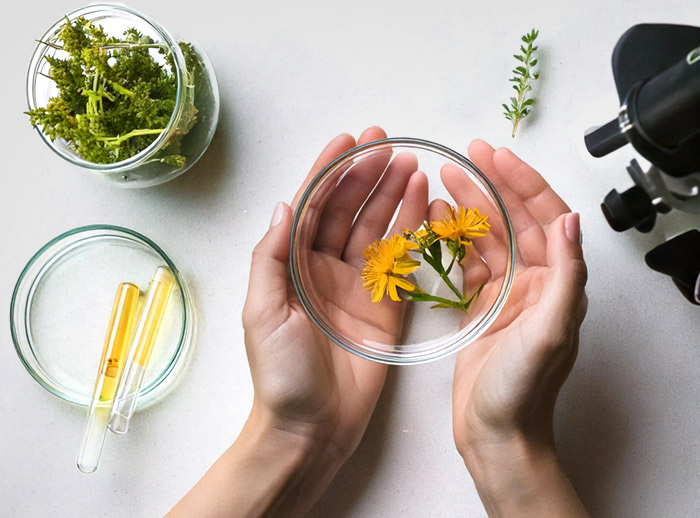
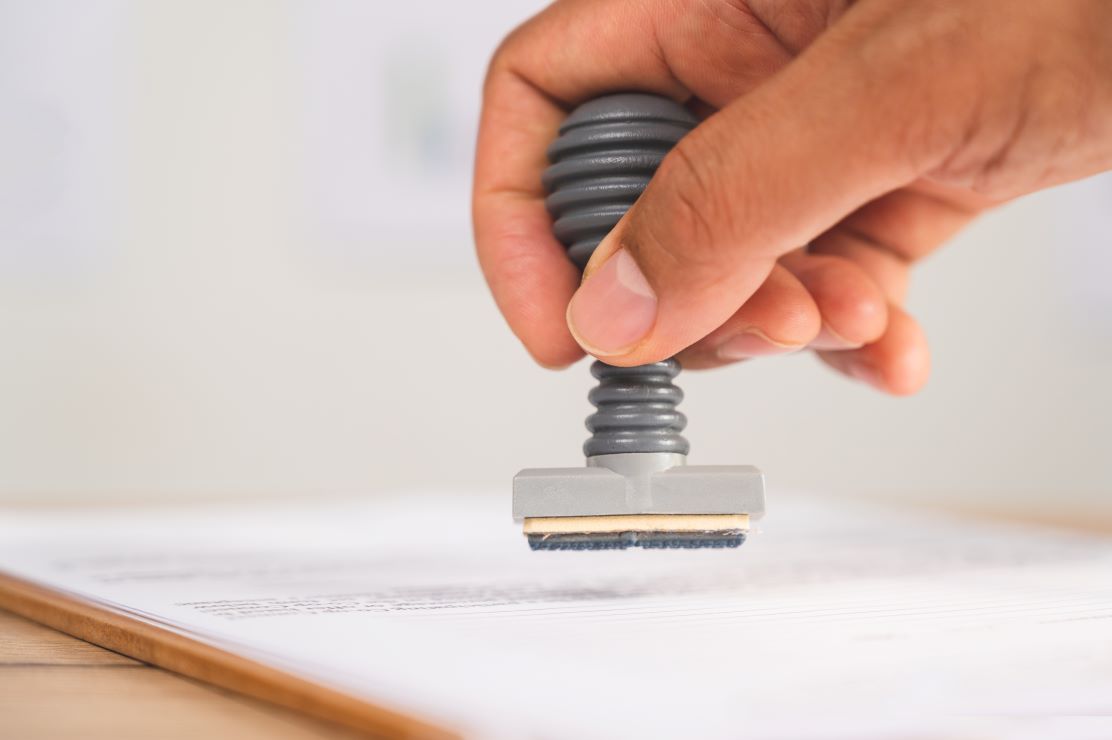
CERTIFICATIONS
The production of medical devices follows strict regulations to ensure safety and compliance. RI.MOS. is ISO 13485 certified, an internationally recognized standard that ensures compliance with quality requirements in the production of medical devices, which is often required by national legislation in many countries.
With this certification, RI.MOS. adopts best practices for quality management, ensuring safe products that comply with international guidelines. ISO 13485 is also particularly important to us because it provides an effective audit tool, useful for periodically testing the effectiveness of the system itself, constantly ensuring patient safety and the quality of the devices offered.

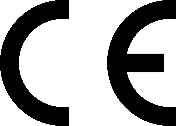


PUBBLICAZIONI
Aenean nec pretium magna, eu imperdiet lectus. Vestibulum tempor ornare velit vitae tincidunt. Intger elementum orcist eu ex rhoncus, at consectetur libero scelerisque. Curabitur non ornare arcu, quis posuere nulla. Sed venenatis nulla a nisi sollicitudin, vel placerat eros posuere. Nunc dapibus nisi nec porta mattis. Pellentesque eros lorem, elementum vitae elit in, lobortis consequat tortor. Integer esser accumsan bibendum elit in luctus, pellenttesque habitant morbi tristique este senectus et netus et malesuada fames ac turpis egestas und esser mauris porta consectetur mollis.
Our products
Discover the products RI.MOS. CARE, safe and effective herbal formulations for the treatment of all skin lesions and for skin care and well-being.
Do you have a question?
Our team of experts has an answer for you!
What is the difference between tissue regeneration and repair?
In case of injury, the physiological reflex of the organism and thus of the tissues is to evolve toward a regenerative and/or reparative process.
The difference between these two mechanisms is:
- Regeneration:
damaged tissues are replaced with cells of the same type. - Repair:
damaged tissues are replaced with connective tissue (fibrosis).
Why is the use of topical steroidal anti-inflammatory drugs (cortisone ointments) not recommended to treat an injury?
Steroidal anti-inflammatory drugs cause the scarring process to stop, torpid sores, promoting the development of bacterial and fungal infections.
Why is the use of disinfectants not recommended to treat an injury?
Disinfectants (based on iodine, chlorine, oxygen peroxide, etc.) are known to be histolesive. Used to ward off infection risks, they themselves become detrimental to tissue repair, being very potent inhibitors of cell proliferation, both of fibroblasts and keratinocytes.
The use of disinfectants, depending on the stage of the injury, causes these effects:
- re-initiation of the inflammatory process;
- pathological prolongation of the inflammatory phase;
- failure to progress to the granulation stage;
- stopping the granulation phase;
- inhibition of re-epithelialization;
- scar fibrotization (poor quality scarring).
What are the stages of wound healing?
There are three stages of wound healing:
- Stage 1: exudative or inflammatory or also called cleansing stage
- Stage 2: granulation or proliferative phase (granulation tissue formation)
- Stage 3: epithelialization or regenerative phase (scar formation and epithelialization)
What does "primary dressing" mean?
A primary dressing is one that is placed in direct contact with the injured tissues and interacts with the physiological processes of the injury.
What does "secondary dressing" mean?
A secondary dressing does not interact with the wound, but serves to:
- fill a cavity to absorb excess exudate and maintain the primary dressing over the wound;
- cover a wound to protect it while absorbing excess exudate and maintaining the primary dressing on the wound;
- Fix other secondary dressings and/or the primary dressing on the site of the injury.
Subscribe to our newsletter and get 10% off!
Stay up to date with the latest news, promotions, and exclusive offers from RI.MOS. CARE.



